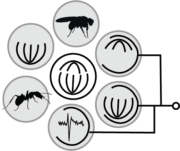Our research
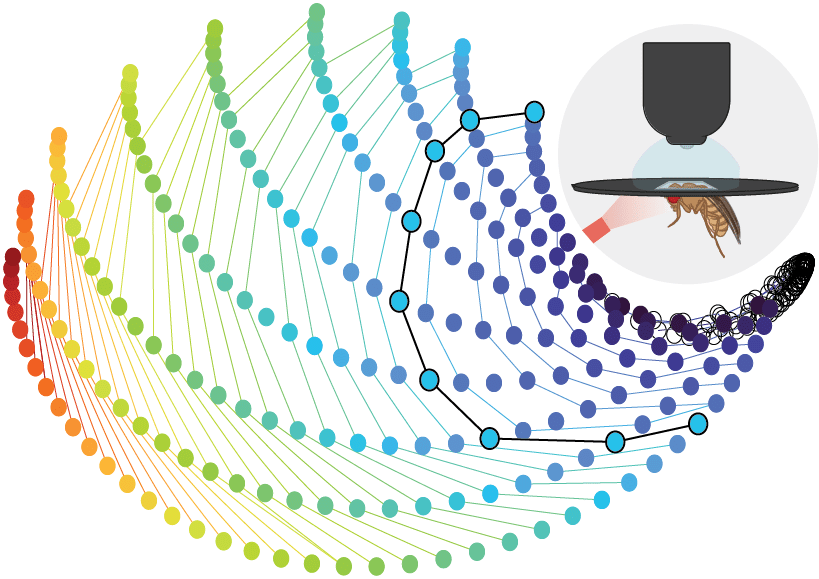
The role of adaptation in odor coding: from single neurons to populations
Adaptation mediates the efficient encoding of stimuli relevant for behavior. While adaptative coding has been well studies in vision, the mechanisms and the functional role of adaptation in olfaction are poorly understood. Differently from other sensory stimuli, odors are encoded in large populations of genetically defined neurons. We study how the adaptive properties of single units affect information coding at the population level. We combine in vivo physiology, with genetics, pharmacology and modeling to understand how stimulus-induced plasticity in the olfactory circuit shapes information relevant for behavior.
Non-genetic variation in brain wiring
The structure of our brain is the result of a complex developmetal program encoded in the genome and shaped by the environment. Even if we would be able to constraint all the genetic and environmental factors, brain assembly would not be completely deterministic. This variation could be necessary for certain computations or advantageous to diversify behavior in a population of individuals. It is also possible that brain function does not require precise deterministic wiring, and therefore variation in brain wiring is not strictly constrained by evolution. In the tiny brain of the fruitfly, we investigate the link between non-genetic variation in the wiring of the olfactory system and its role for sensory processing and behavior.
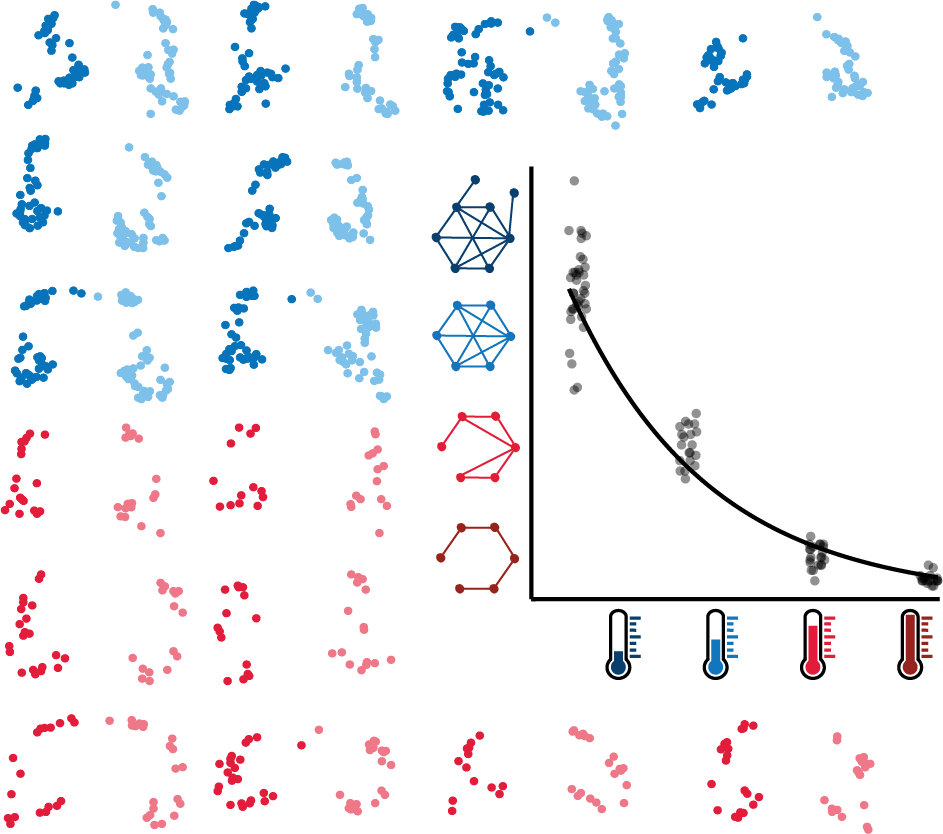
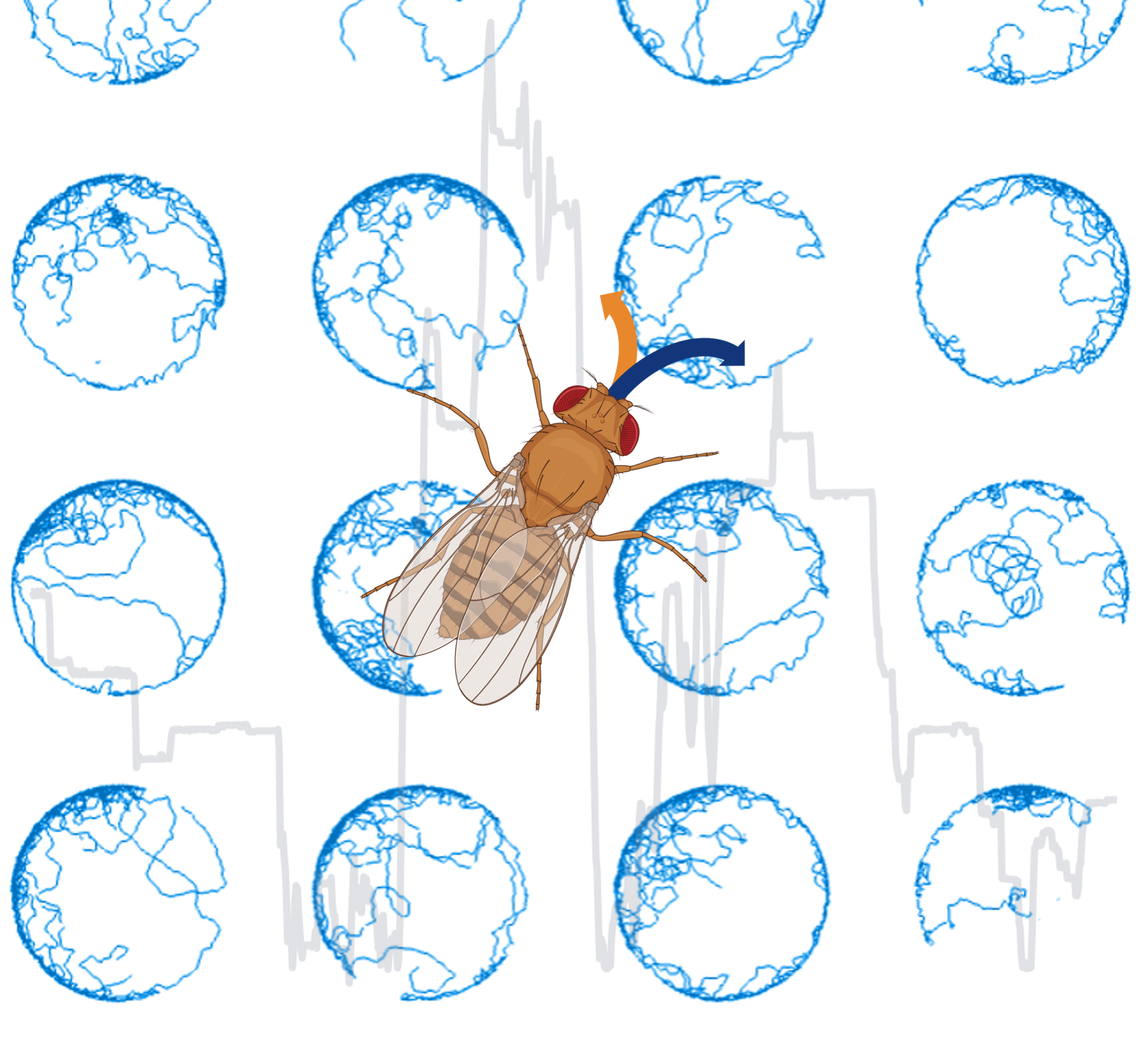
Modulation of innate behaviors
Sensory stimuli often elicit innate behaviors. For instance, certain odors attract insects, even if they have never been encountered earlier in life. These innate behaviors likely confer an evolutionary advantage, such as aiding foraging. However, an innate behavior might become literally “a waste of time” if it does not lead to the expected outcome. We investigate the neural mechanisms that ensure flexible sensory-driven behavior in response to unexpected outcomes. We focus on dopaminergic neurons that innervate the central brain and we use genetic manipulations and in vivo physiology to understand their role in modulating fly exploratory behavior.
Evolution of the olfactory system in ants and other insects
Recently we started a new endavour together with our colleagues Susanne Foitzik and Hugo Darras to study the evolution of the olfactory system in ants. Ants are fascinating because of their ability to organize in societies through division of labor. Olfaction is an essensial sensory modality for the establishment of ants societies, especially considering that life in a colony occurs mostly in darkness. As a consequence the olfactory system reached tremendous complexity in social insects. We are investigating how the genomic expansion of olfactory receptor genes in ants determines the organization of the olfactory system, with the goal to identify features that allow flexible division of labor in a colony.
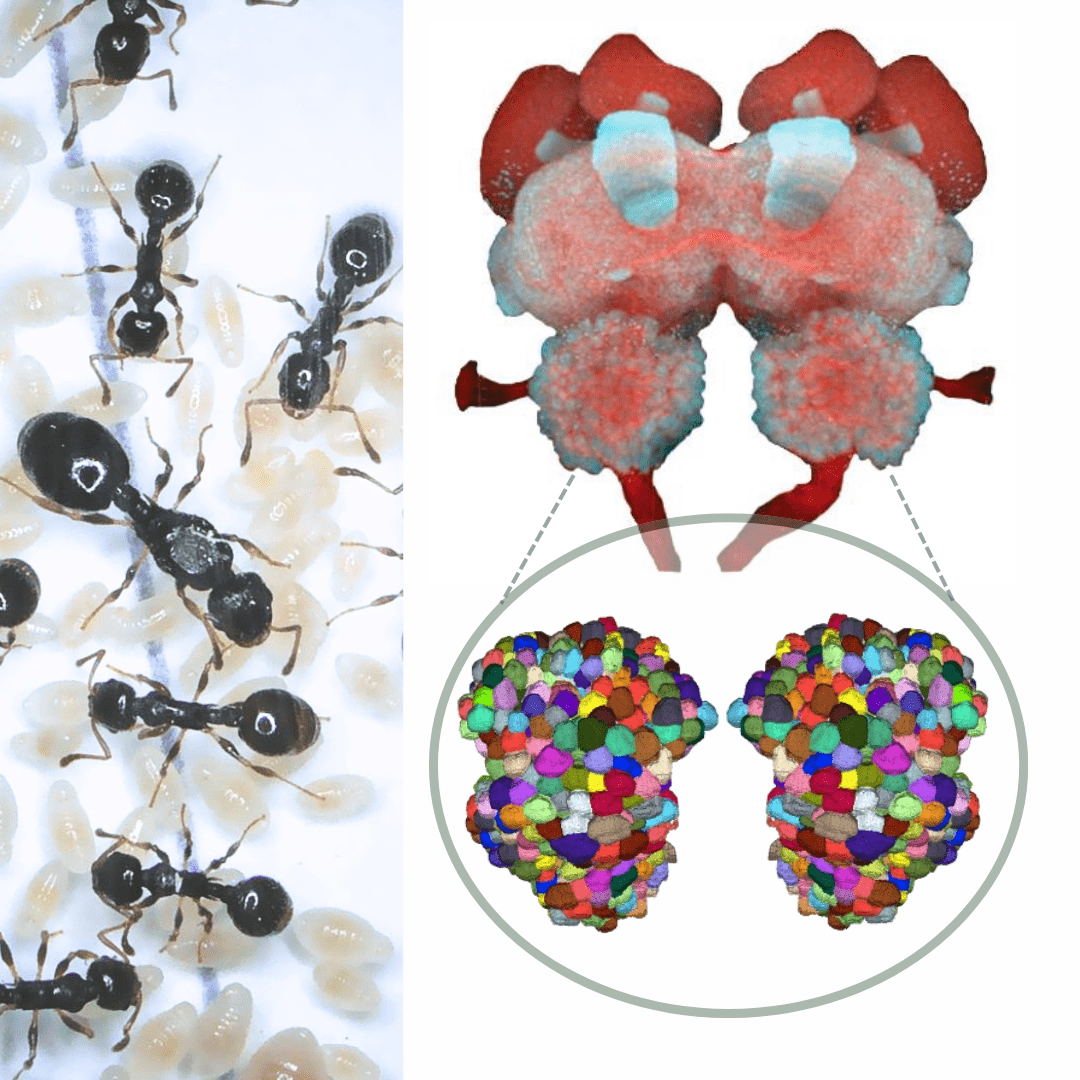
The role of adaptation in odor coding: from single neurons to populations

Adaptation mediates the efficient encoding of stimuli relevant for behavior. While adaptative coding has been well studies in vision, the mechanisms and the functional role of adaptation in olfaction are poorly understood. Differently from other sensory stimuli, odors are encoded in large populations of genetically defined neurons. We study how the adaptive properties of single units affects information coding at the population level. We combine in vivo physiology, with genetics, pharmacology and modeling to understand how stimulus-induced plasticity in the olfactory circuit shapes information relevant for behavior.
Non-genetic variation in brain wiring

The structure of our brain is the result of a complex developmetal program encoded in the genome and shaped by the environment. Even if we would be able to constraint all the genetic and environmental factors, brain assembly would not be completely deterministic. This variation could be necessary for certain computations or advantageous to diversify behavior in a population of individuals. It is also possible that brain function does not require precise deterministic wiring, and therefore variation in brain wiring is not strictly constrained by evolution. In the tiny brain of the fruitfly, we investigate the link between non-genetic variation in the wiring of the olfactory system and its role for sensory processing and behavior.
Modulation of innate behaviors

Sensory stimuli often elicit innate behaviors. For instance, certain odors attract insects, even if they have never been encountered earlier in life. These innate behaviors likely confer an evolutionary advantage, such as aiding foraging. However, an innate behavior might become literally “a waste of time” if it does not lead to the expected outcome. We investigate the neural mechanisms that ensure flexible sensory-driven behavior in response to unexpected outcomes. We focus on dopaminergic neurons that innervate the central brain and we use genetic manipulations and in vivo physiology to understand their role in modulating fly exploratory behavior.
Evolution of the olfactory system in ants and other insects

Recently we started a new endavour together with our colleagues Susanne Foitzik and Hugo Darras to study the evolution of the olfactory system in ants. Ants are fascinating because of their ability to organize in societies through division of labor. Olfaction is an essencial sensory modality for the establishment of ants societies, especially considering that life in a colony occurs mostly in darkness. As a consequence the olfactory system reached tremendous complexity in social insects. We are investigating how the genomic expansion of olfactory receptor genes in ants determines the organization of the olfactory system, with the goal to identify features that allow flexible division of labor in a colony.
